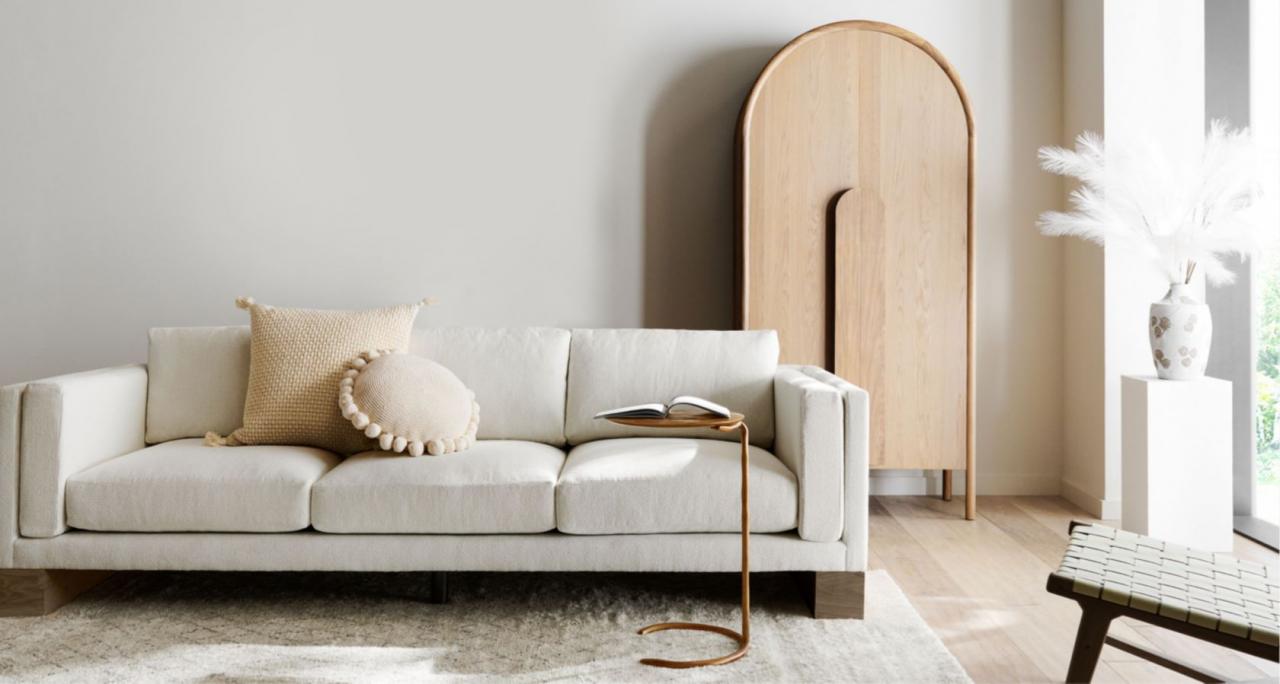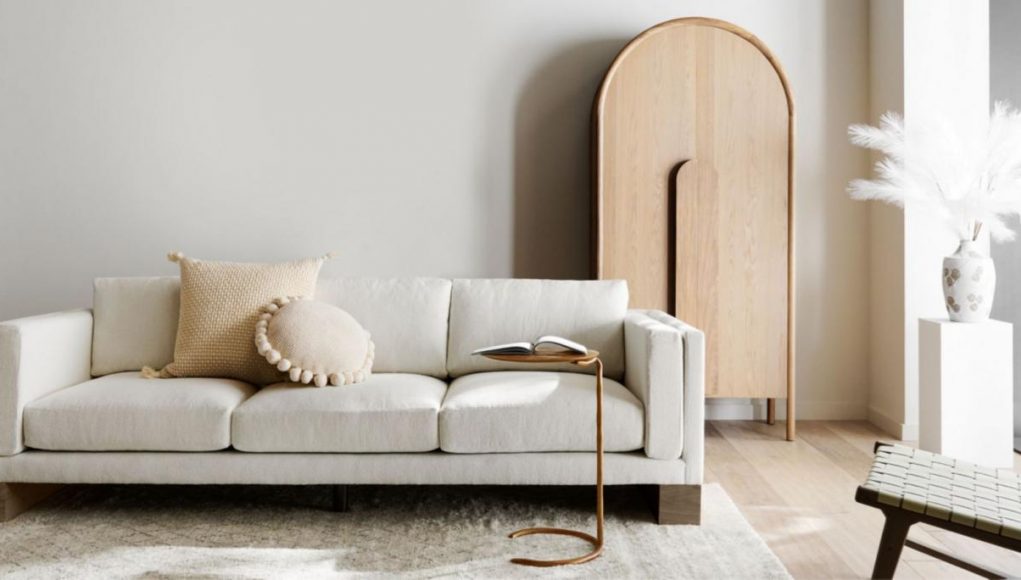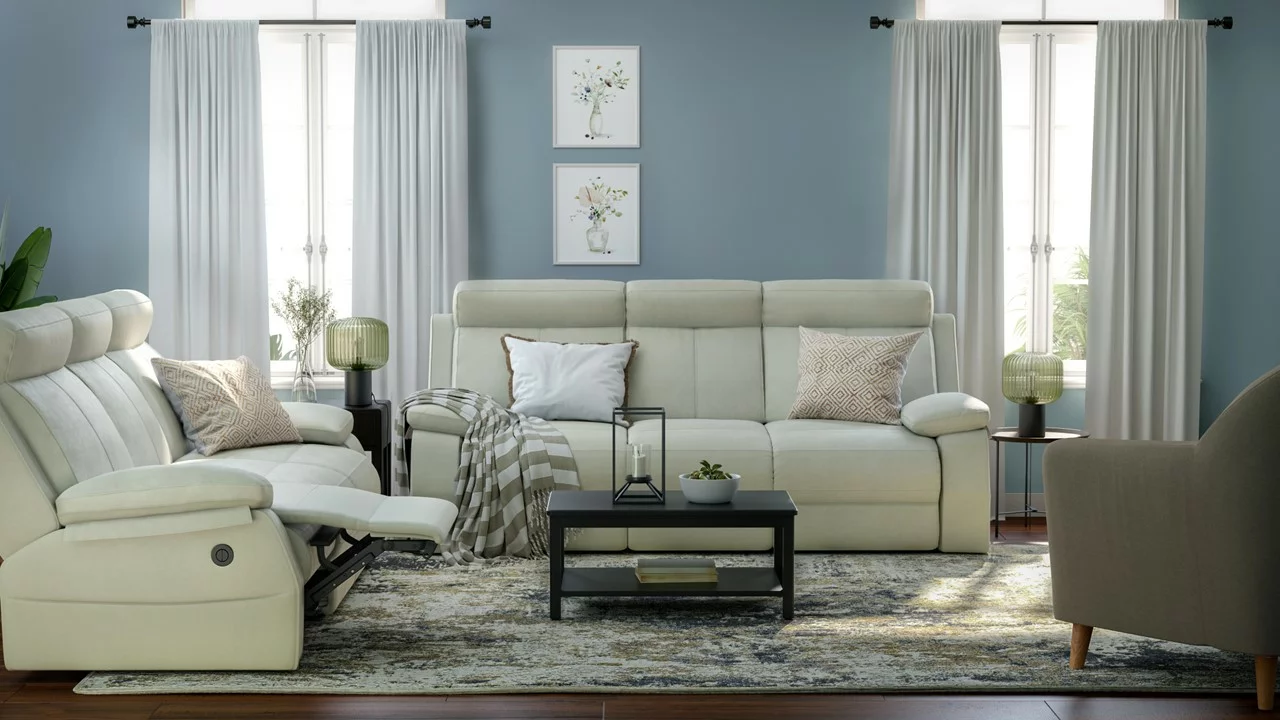Have you ever found yourself wandering through a furniture store, eyes glazed over as you struggle to decipher the dimensions of that perfect couch or dining table? Fear not, for we are here to guide you through the mystical world of furniture measurements. Get ready to master the art of measuring like a pro, and say goodbye to buyer’s remorse forever. Let’s dive into the world of “.

Understanding the Different Types of Measurements for Furniture
When it comes to shopping for furniture, knowing the different types of measurements is crucial to ensure that the pieces you choose will fit perfectly in your space. Whether you’re looking for a new sofa, dining table, or bed frame, understanding how to measure furniture accurately will save you time and frustration.
One of the most common measurements for furniture is length, which refers to the distance from one end of a piece to the other. This is important when determining if a sofa will fit against a certain wall or if a dining table will fit in your dining room. Width is another essential measurement, indicating how wide a piece of furniture is from side to side. Knowing the width is crucial for ensuring that a piece fits through doorways and hallways.
Height is also a key measurement to consider when shopping for furniture, especially if you have low ceilings or limited vertical space. This measurement is the distance from the bottom of a piece to the top and will help you determine if a piece will fit comfortably in your room. Additionally, depth refers to how far back a piece extends, which is important for determining if furniture will block walkways or windows.
Tips for Accurate Measuring to Ensure Perfect Fit
When it comes to buying furniture, accurate measurements are key to ensuring a perfect fit in your home. To master your measurements for furniture shopping, follow these tips:
- Measure twice, cut once: Just like in woodworking, it’s important to double-check your measurements before making any purchases. Take your time to ensure you have the correct dimensions for the space you are working with.
- Use the right tools: Invest in a good quality tape measure and a level to ensure accurate measurements. Avoid using a ruler or yardstick, as they may not provide the precision you need.
- Consider the layout: Take into account the layout of the room when measuring for furniture. Leave enough space for walking paths and make sure the piece will not obstruct doors or windows.
- Account for extra space: Don’t forget to factor in extra space for drawers that need to open, chairs that need to be pulled out, or legs that need clearance. It’s better to have a bit of extra room than to have a piece that doesn’t fit.
How to Navigate Common Measurement Challenges When Shopping for Furniture
One common measurement challenge when shopping for furniture is not knowing the dimensions of your space. To avoid this issue, start by measuring the room where the furniture will go. Be sure to take into account doorways, windows, and any other obstacles that could impact the size of the furniture you can bring in.
Another challenge is understanding the measurements provided by furniture retailers. To navigate this, familiarize yourself with common furniture measurements such as width, height, and depth. Look for detailed product descriptions that include these dimensions, and don’t hesitate to ask for clarification if needed.
When shopping for furniture online, it can be challenging to visualize how a piece will look in your space. To overcome this, create a floor plan with the measurements of the furniture you’re considering. This will give you a better idea of how the piece will fit in your room and allow you to make an informed decision.
In summary, mastering your measurements is key to successful furniture shopping. By carefully measuring your space, understanding furniture dimensions, and visualizing the pieces in your room, you can navigate common measurement challenges with ease. Next time you find yourself browsing through furniture stores, armed with your tape measure and newfound knowledge of measurements, remember that mastering this skill can truly transform your shopping experience. Whether you’re furnishing a new home or simply looking to update your current space, having a solid grasp of measurements can save you time, money, and frustration in the long run. So go forth, measure with confidence, and shop for furniture like a true master of dimensions!




